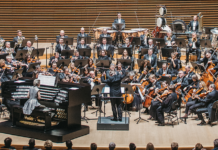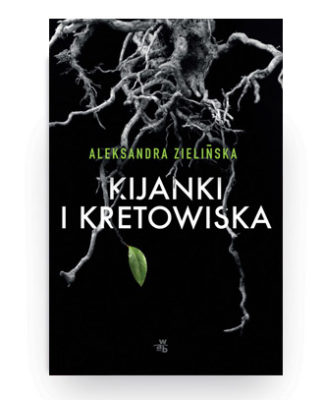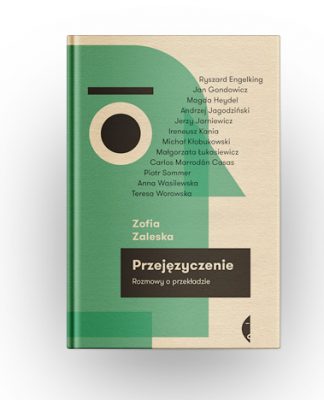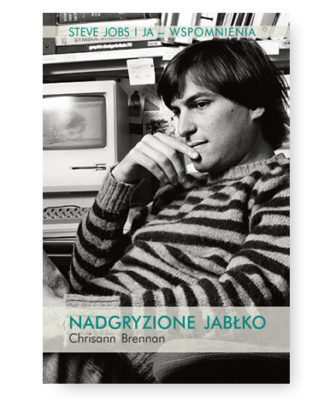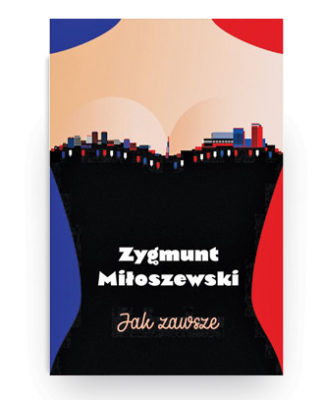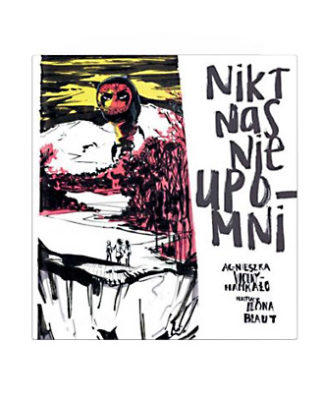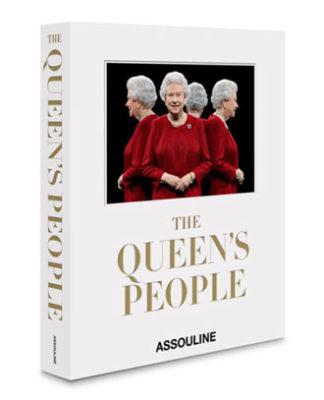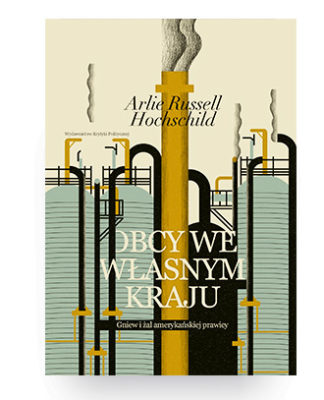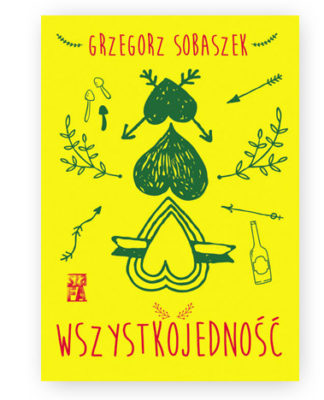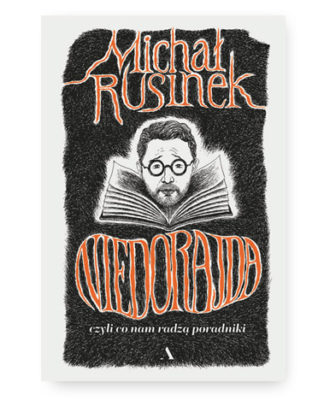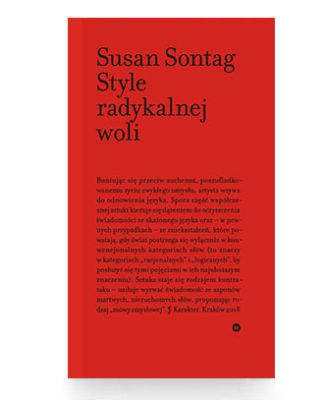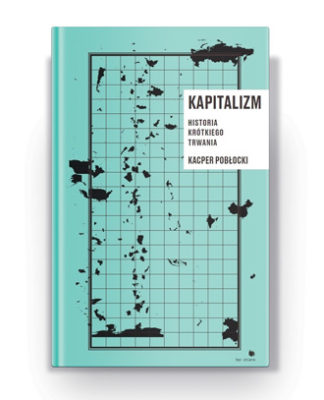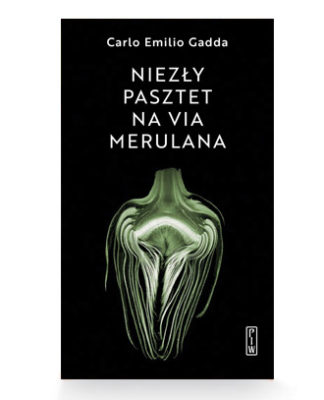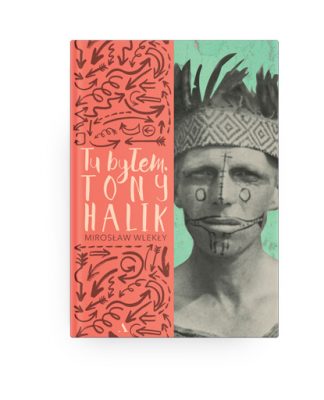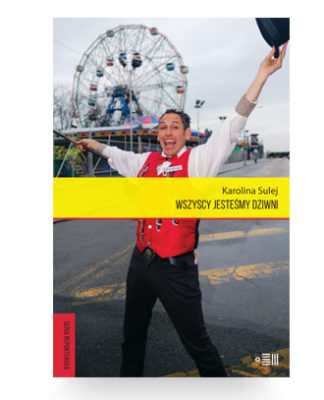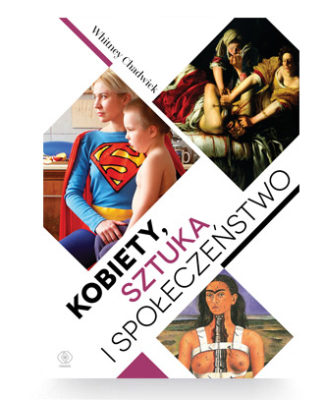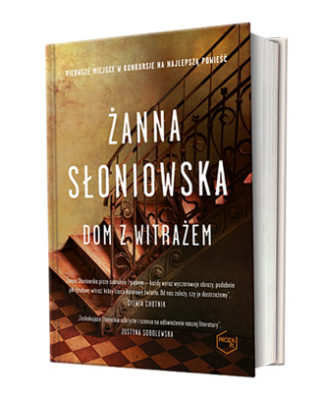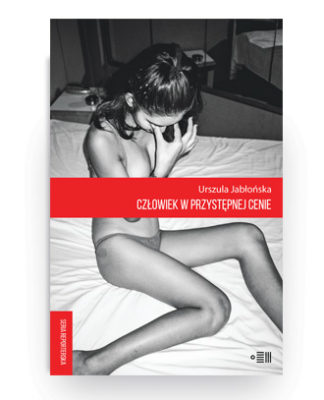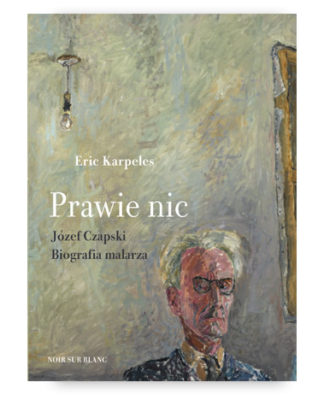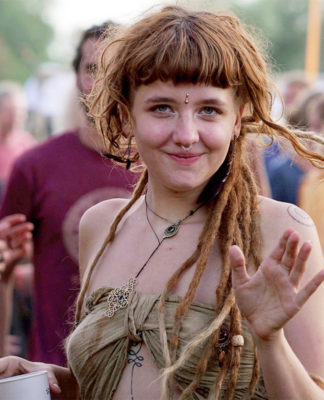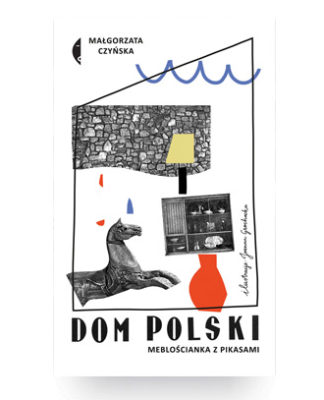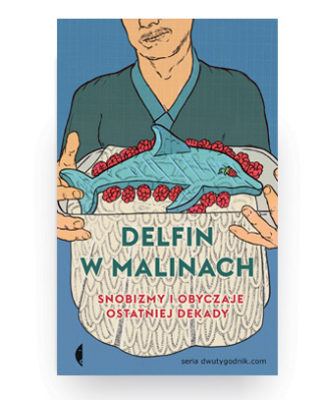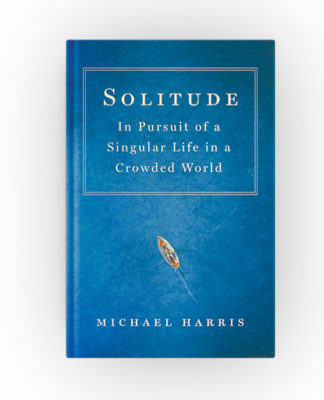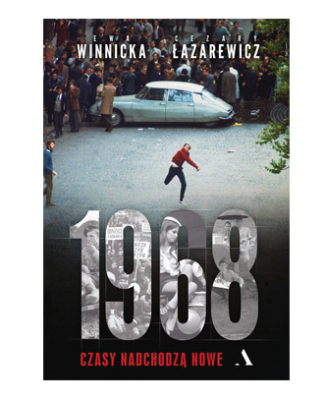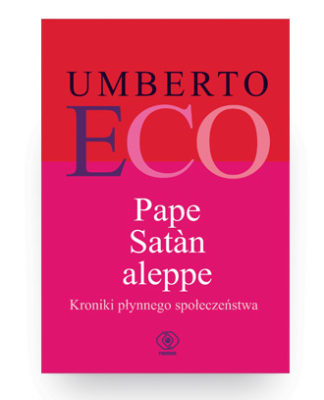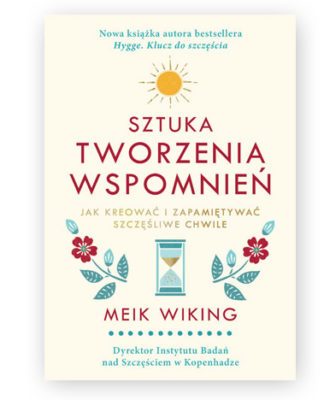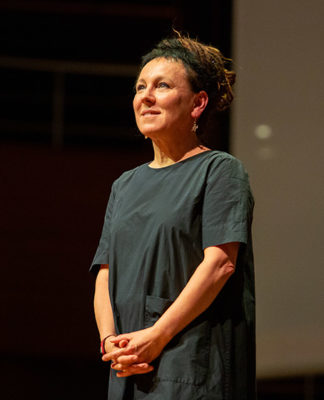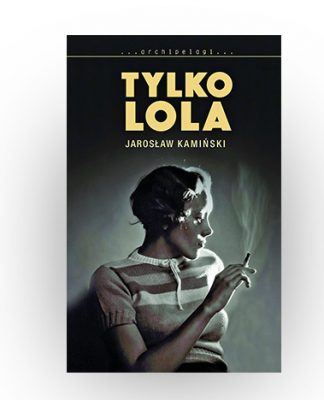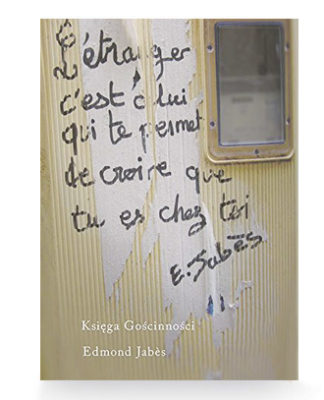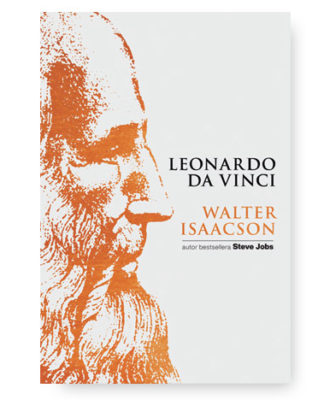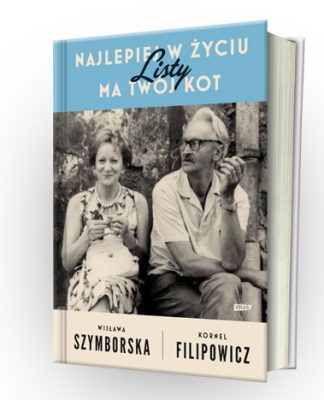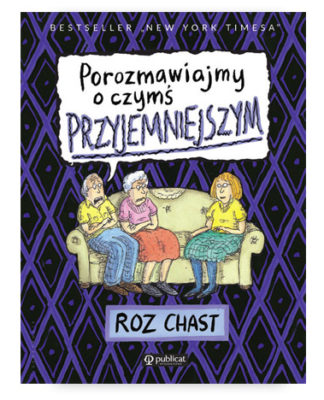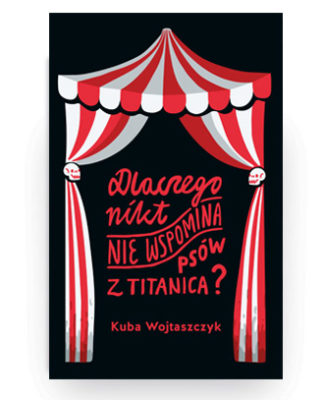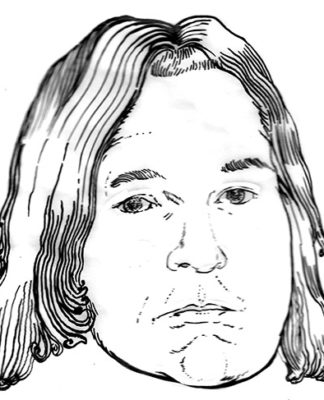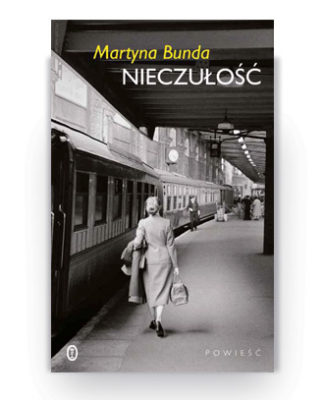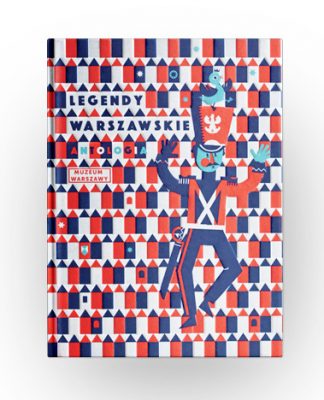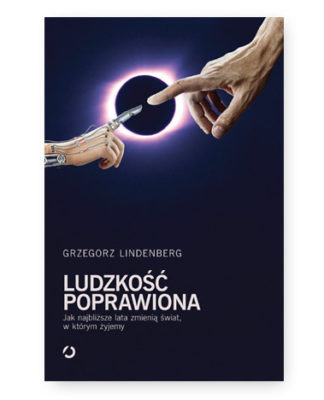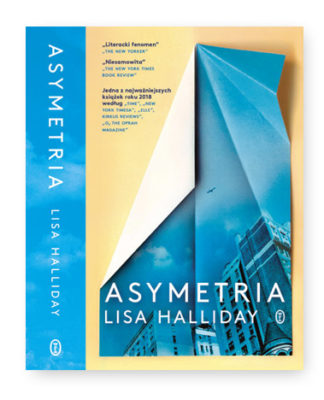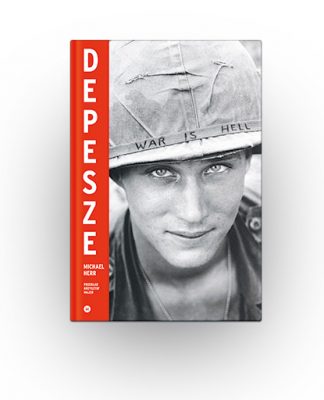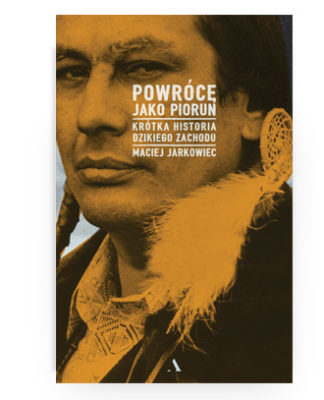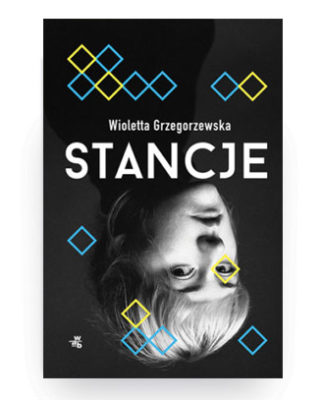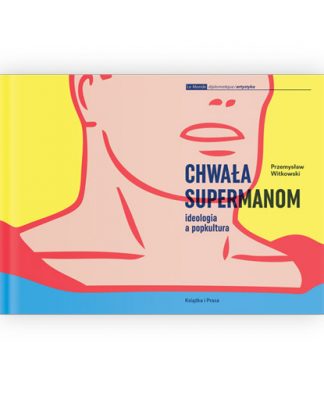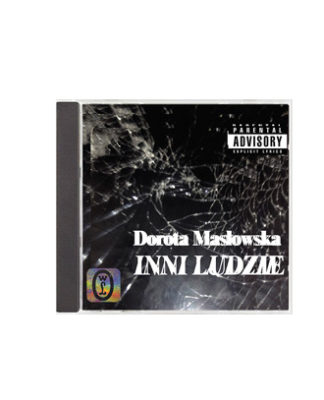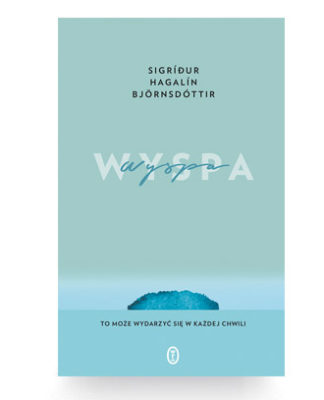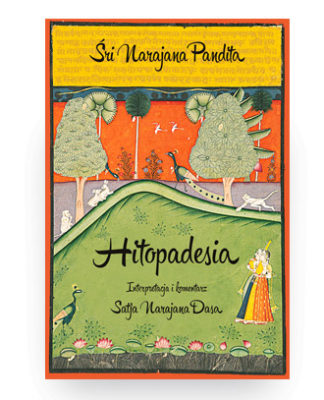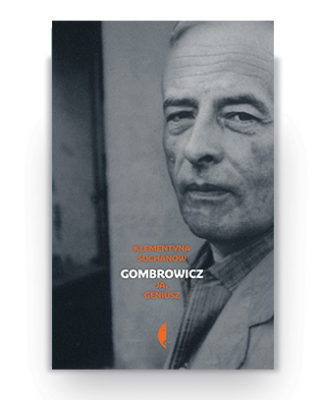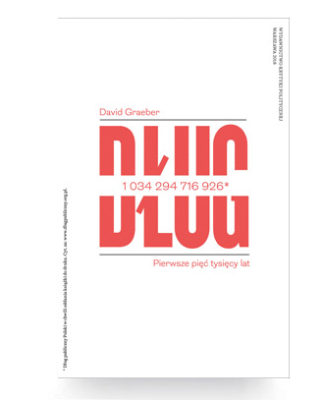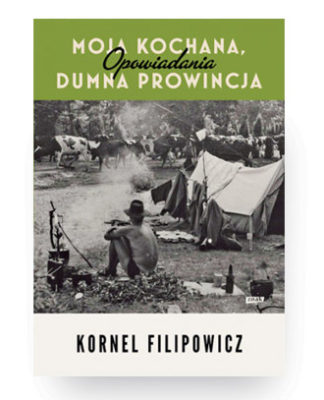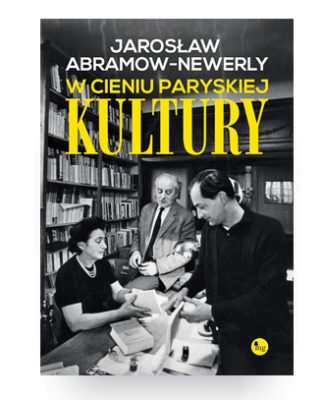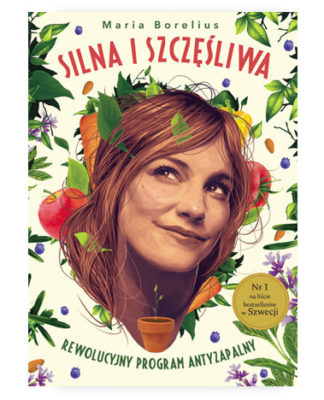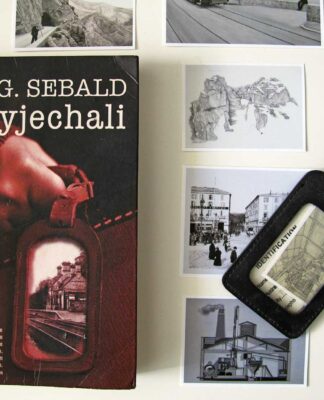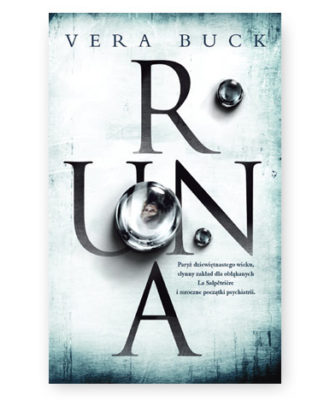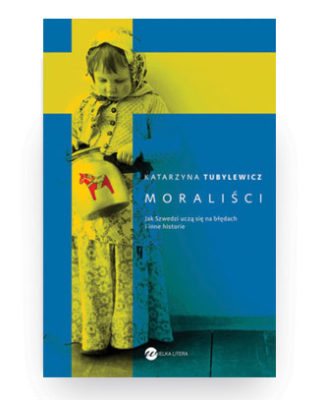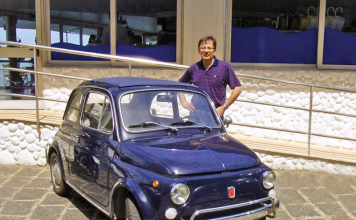![]()
Podczas gdy musical Koty Andrew Lloyda Webbera obchodzi 40. rocznicę światowej premiery, odwiedzamy Koreę, aby odkryć dziedzictwo przełomowej inscenizacji. W Seulu, gdzie musical po raz kolejny cieszy publiczność, znany artysta Seong-Joon Hong i producent ceramiki Yido połączyli siły, by uczcić kultowe projekty legendarnego scenografa Johna Napiera.
Tekst: Jansson J. Antmann
W 1981 roku scenograf John Napier, z reżyserem Trevorem Nunnem i choreografką Gillian Lynne, został zaproszony do współpracy przy nowym projekcie teatralnym. Wszyscy troje pracowali wcześniej razem przy produkcjach Raz w życiu i Komedii błędów w Royal Shakespeare Company. Ich nowy projekt miał być opracowaniem inscenizacji do muzycznej adaptacji tomiku wierszy T.S. Eliota Old Possum’s Book of Practical Cats. Muzykę skomponował pionier rockowo-operowy Andrew Lloyd Webber, którego dwa poprzednie przeboje, Jesus Christ Superstar i Evita, były kompletnie odmienne od tematu najnowszego projektu. Biorąc pod uwagę naturę wierszy, ryzyko stworzenia słodkiej i kiczowatej inscenizacji było wysokie. Na szczęście Nunn, Lynne i Napier mieli zupełnie inną wizję, co w rzeczywistości pomogło Lloydowi Webberowi uzyskać pozwolenie na wykorzystanie wierszy T.S. Eliota. Lloyd Webber często wspominał, że Valerie Eliot była nieugięta – żadna adaptacja wierszy jej zmarłego męża nie może nawet przypominać kreskówki. Powiedziała nawet kompozytorowi, że T.S. Eliot odrzucił ofertę Disneya. Lloyd Webber wyobraził sobie jednak coś w stylu brytyjskiej grupy tanecznej Hot Gossip, która stała się znana ze swoich zmysłowych występów w telewizji pod koniec lat siedemdziesiątych. Słysząc to, wdowa po poecie pobłogosławiła projekt, zauważając, że T.S. Eliot pochwaliłby takie podejście.
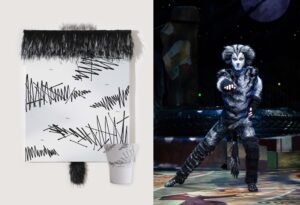 Myszołap / Munkustrap, Seong-Joon Hong | Rafe Watts w roli Myszołapa / Rafe Watts as Munkustrap
Myszołap / Munkustrap, Seong-Joon Hong | Rafe Watts w roli Myszołapa / Rafe Watts as Munkustrap
John Napier w pełni zaakceptował tę koncepcję i zaczął pracować nad produkcją, jakiej nikt wcześniej nie widział. Napier uwielbiał kreować nowe światy, które nie tylko zmieniały scenę, ale także otaczały publiczność i wciągały ją w wyimaginowaną przestrzeń.
Początki Napiera sięgają mocno undergroundowego ruchu artystycznego i happeningów Allana Kaprowa i Johna Cage’a, które z kolei czerpały z Theatre of Cruelty Antonina Artauda. Widać to również w musicalu KOTY. Po bliższym przyjrzeniu się staje się jasne, że kocie postaci, które po kolei prezentują się na balu kotów, są metaforami ludzkich cech i wad. Próżność, obżarstwo, chciwość, lęk przed śmiercią i potrzeba przynależności to tematy poruszone w musicalu. Było to doskonałe pożywienie dla Napiera, rzeźbiarza z wykształcenia, wielbiącego twórczość Roberta Rauschenberga i Claesa Oldenburga. Ich wpływ na scenografię musicalu jest wyraźny w kolażu na podłodze sceny i w przeskalowanych szczątkach ludzkiego społeczeństwa, zaśmiecających audytorium i nadających wydarzeniom kocią skalę.
Jednak prawdziwy geniusz Napiera ujawniał się w projektach kostiumów. Unikając wszystkiego, co przypominałoby animowane postaci lub rzeczywistość, czerpał inspirację z tego, co zobaczył na ulicy. Punkowe fryzury, ocieplacze na nogi i obcięte rękawiczki zmieniły tancerzy w symboliczne koty. W połączeniu z choreografią Gillian Lynne, która płynnie nadała ludzkim ruchom kocie opanowanie, efekt był antropomorficzny i ponadczasowy. Do tego stopnia, że produkcja jest niezmiennie popularna od swojej premiery w 1981 roku.
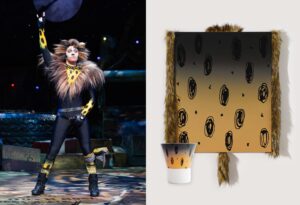 Dan Partridge jako Ram Tam Tamek / Dan Partridge as the Rum Tum Tugger | Ram Tam Tamek / The Rum Tum Tugger, Seong-Joon Hong
Dan Partridge jako Ram Tam Tamek / Dan Partridge as the Rum Tum Tugger | Ram Tam Tamek / The Rum Tum Tugger, Seong-Joon Hong
Inscenizacja poruszyła wyobraźnię widzów i Napier zastosował tę samą formułę przy projektowaniu inscenizacji do następnej muzycznej ekstrawagancji Andrew Lloyda Webbera wyreżyserowanej przez Nunna – Starlight Express – bajce o pociągach-zabawkach, w której aktorzy grali na wrotkach. W 2019 roku niemiecka inscenizacja w Bochum obchodziła 30-lecie swojej premiery, a KOTY w krótce będą świętować swoje 40. urodziny, powracając na scenę w Seulu. Warto zauważyć, że Nunn i Napier pracowali również razem przy Nędznikach, co czyni ich jednymi z najbardziej zgranych twórców w historii teatru komercyjnego. Ich musicale na początku lat 80. opierały się na ponad 10-letniej współpracy zarówno z Royal Shakespeare Company, jak i National Theatre, gdzie relatywny luksus dotowanego teatru pozwolił im przesuwać granice rozrywki na żywo. Ten okres eksperymentów zakończył się słynną produkcją Nicholasa Nickleby`ego z 1980 roku, która była prekursorem ich Nędzników z 1985 roku. Chociaż niemożliwe jest przypisanie charakterystycznego stylu niezwykle różnorodnej twórczości Napiera, to pewne elementy powtarzają się w Kotach, Nędznikach czy Nicholasie Nickleby. Prowizoryczne obrazy sklejone ze znalezionych przedmiotów wydają się abstrakcyjne, a jednocześnie natychmiast rozpoznawalne. To mariaż tego, co fantastyczne z tym, co znane daje widzom klucz do innego świata – świat, który jest zarówno szokujący, jak i przyjazny.
Ostatnie przedstawienia oryginalnych inscenizacji Kotów odbyły się w Londynie w 2002 roku i w Nowym Jorku w 2000 roku. Był to wówczas najdłużej wystawiany musical po obu stronach Atlantyku– bezprecedensowe 8949 przedstawień w ciągu 21 lat na West Endzie i 7485 przedstawień w ciągu 18 lat na Broadwayu. Do dziś obejrzały go 73 miliony ludzi w trzystu miastach na całym świecie, a musical został przetłumaczony na 15 języków.
W Korei musical Koty zajmuje szczególne miejsce w sercach widzów. Przed premierą Kotów w Seulu w 1994 roku, Koreańczycy nigdy wcześniej nie widzieli musicalu. Od tego czasu, co trzy, cztery lata, powracał na scenę i był wystawiany w 23 miastach Korei, będąc dla wielu ludzi pierwszym doświadczeniem teatru na żywo. Do dziś inscenizację obejrzało rekordowe 2 miliony Koreańczyków – jeden na 25 mieszkańców, w co ósmym gospodarstwie domowym. Dlatego nie ma lepszego sposobu upamiętnienia 40. rocznicy światowej premiery Kotów niż ich powrót na scenę w Korei oraz zaangażowanie artystów i rzemieślników, zarówno w teatrze, jak w innych dziedzinach sztuki, aby uczcić tę rocznicę. W tym celu nawiązano współpracę z artystą Seong-Joon Hong i producentem ceramiki Yido.
 Seong-Joon Hong
Seong-Joon Hong
Urodzony w 1987 roku Seong-Joon Hong jest jednym z najważniejszych współczesnych artystów. W 2017 i 2018 roku został wybrany przez Christie’s Hong Kong jednym z 10 reprezentatywnych artystów koreańskich. Seong-Joon stworzył cztery kolaże, przypominające medium artystyczne preferowane przez samego Johna Napiera, co widać w jego miłości do twórczości Rauschenberga. Te cztery dzieła sztuki nawiązują do oryginalnych projektów kostiumów Napiera dla postaci Grizabelli, Ram Tam Tamka, Myszołapa i Mefistofeliksa. Podobnie jak w Kombinatach Rauschenberga z lat 50. i 60. te cztery prace na płótnie czerpią z kostiumów Napiera; od wzorów, kolorów i faktur kostiumów po metalowe ćwieki na kołnierzu Myszołapa. Służą jako szablon dla wzorów na pamiątkowej serii kubków znanego koreańskiego rzemieślnika ceramicznego Yido.
Współczesna odmiana tradycyjnego koreańskiego serwisu do herbaty, limitowana seria czterech ceramicznych filiżanek jest wyjątkową pamiątką tego kamienia milowego musicali, jakim były i są Koty. Jest to zarówno wspaniały wytwór rodzimego talentu zainspirowanego światowym fenomenem, jak i właściwe uhonorowanie Johna Napiera. Jego scenografia jest estetyczna i piękna, a jednocześnie praktyczna i funkcjonalna. Widok kultowych projektów uwiecznionych na ceramice, tak pięknie łączącej użyteczność i sztukę, musi być dla niego z pewnością źródłem wielkiej przyjemności. |
Zdjęcia dzięki uprzejmości Yido jako przedstawiciela GWB ENTERTAINMENT,
S&CO, The Really Useful Group i Lotte Entertainment
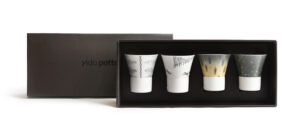
A Cupful Of Cats
As Andrew Lloyd Webber’s musical CATS celebrates its 40thAnniversary, we visit Korea to examine the groundbreaking production’s legacy. In Seoul, where the musical is once again entertaining audiences, renowned artist Seong-Joon Hong and ceramic manufacturer Yido have joined forces to celebrate the iconic designs of legendary scenographer John Napier.
Text: Jansson J. Antmann
In 1981, scenographer John Napier was invited to work on a new theatrical project with director Trevor Nunn and choreographer Gillian Lynne. All three had worked together before, on productions of Once in a Lifetime and The Comedy of Errors at the Royal Shakespeare Company. Their new project was to be a musical setting of T.S. Eliot’s Old Possum’s Book of Practical Cats by the pioneering rock-opera composer Andrew Lloyd Webber, whose two previous smash hits, Jesus Christ Superstar and Evita, seemed completely at odds with his newly chosen subject. In any other hands, CATS could have become a saccharine confection. Nunn, Lynne and Napier ensured it was anything but, which was just as well under the circumstances. As Lloyd Webber often recalls, Valerie Eliot was adamant that any treatment of her late husband’s poems should not be at all cartoon-like. She even told the composer that T.S. Eliot had turned down an offer from Disney. Lloyd Webber’s intention was for something in the style of the British dance troupe Hot Gossip, which had become somewhat notorious for its risqué television appearances in the late 1970s. Upon hearing this, the poet’s widow gave the project her blessing, noting that T.S. Eliot would have approved.
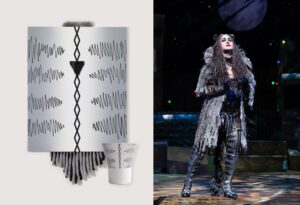 Grizabella, Seong-Joon Hong | Joanna Ampil w role Grizabelli / Joanna Ampil as Grizabella the Glamour Cat
Grizabella, Seong-Joon Hong | Joanna Ampil w role Grizabelli / Joanna Ampil as Grizabella the Glamour Cat
John Napier embraced this approach whole-heartedly and set about creating a production design unlike anything anyone had seen before. Napier loved creating new environments, which not only transformed the stage, but enveloped the audience in a kind of immersive theatre. Its roots lay firmly in the underground and the happenings of Allan Kaprow and John Cage, which in turn drew upon Antonin Artaud’s Theatre of Cruelty. Upon close examination, the Jellicle Ball in CATS is clearly a ceremony that holds a mirror up to humanity. Vanity, gluttony, avarice, the fear of death, and a need to belong are all themes addressed in the musical. It was perfect fodder for Napier, a trained sculptor with a self-confessed love for the work of Robert Rauschenberg and Claes Oldenburg. Their influence is clearly seen in the collage on the stage floor and the oversized detritus of human society that litters the auditorium and lends a feline scale to the goings-on.
Napier’s real stroke of genius however, was in the costume design. Steering well clear of anything cartoon-like or representational, he looked to the street instead. Punk hairstyles, leg warmers and cut-off gloves transformed the dancers into makeshift felines. Combined with Gillian Lynne’s choreography, which seamlessly imbued the human form with cat-like poise, the effect was anthropomorphic and timeless. So much so in fact, that the production remains as popular today as it was when it opened in 1981.
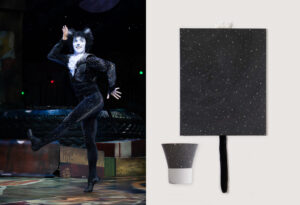 Xavier Pellin jako Mefistofeliks / Xavier Pellin as Mr Mistoffelees | Mefistofeliks / Mr. Mistoffelees, Seong-Joon Hong
Xavier Pellin jako Mefistofeliks / Xavier Pellin as Mr Mistoffelees | Mefistofeliks / Mr. Mistoffelees, Seong-Joon Hong
The formula Napier developed for CATS captured audiences’ imaginations and he adopted it again for Andrew Lloyd Webber’s next musical extravaganza, Starlight Express – a fairy-tale about toy trains performed on roller-skates and also directed by Nunn. In 2019, the German production in Bochum celebrated its 30th Anniversary, while CATS is about to celebrate its 40th with a production in Seoul. It is interesting to note that Nunn and Napier also worked together on Les Misérables, thereby making them one of the most successful creative teams in the history of commercial theatre. Their musicals in the early 1980s drew upon over 10 years of collaboration at both the Royal Shakespeare Company and the National Theatre, where the relative luxury of subsidised theatre had allowed them to push the boundaries of live entertainment. This period of experimentation culminated in their celebrated 1980 production of The Life and Adventures of Nicholas Nickleby, which was very much a precursor to Les Misérables in 1985. While it would be impossible to constrain Napier’s incredibly diverse oeuvre in terms of a trademark style, certain elements do recur in his designs for productions like CATS, Les Miserables and Nicholas Nickleby. Makeshift tableaus, cobbled together from found objects, seem abstract and yet instantly recognisable. This marriage of the fantastical with the familiar provides the audience with a key to another world – a world that is both awe-inspiring and welcoming.
The first two productions of CATS closed in London in 2002 and in New York in 2000. At the time, it was the longest-running musical on both sides of the Atlantic, having played for an unprecedented 8949 performances over 21 years in the West End, and 7485 performances over 18 years on Broadway. Today, it has been seen by 73 million people in 300 cities around the world and been translated into 15 languages.
In Korea, CATS holds a special place in the hearts of theatregoers. Prior to its opening in Seoul in 1994, they had never seen a musical before. Since then, it has been staged every three or four years and toured to 23 cities around the country, providing many people with their first taste of live theatre. A record-breaking 2 million Koreans have now seen the production, which accounts for one in every 25 citizens, or one in every eight households. It is therefore only fitting that, as the 40thAnniversary of the world premiere of CATS approaches, it should be commemorated not only by a return to the stage, but also through a celebration of the best of Korean artistry. To this end, CATS has entered into a special collaboration with the artist Seong-Joon Hong and ceramic manufacturer Yido.
 Seong-Joon Hong
Seong-Joon Hong
Born in 1987, Seong-Joon Hong is one of the most significant contemporary artists to emerge on the Korean art scene in recent years. In 2017 and 2018, he was selected by Christie’s Hong Kong as one 10 representative Korean artists. Seong-Joon has created four collages, reminiscent of John Napier’s own preferred medium. These four pieces draw upon Napier’s original costume designs for the characters of Grizabella the Glamour Cat, The Rum Tum Tugger, Munkustrap and Mr. Mistoffelees. Not unlike Rauschenberg’s Combines in the 1950s and ’60s, these four works on canvas explore not only the patterns and colours, but also the textures of the costumes, right down to the metal studs on Munkustrap’s collar. They serve as a template for the designs that appear on the commemorative series of cups produced by Korea’s renowned ceramic artisans Yido.
A contemporary twist on the traditional Korean tea service, the limited-edition series of four ceramic cups makes for a unique memento of this theatrical milestone and celebrates the homegrown talent that has been inspired by the global phenomenon that is CATS. It is also a most appropriate honour for John Napier, whose designs for the theatre, while aesthetically pleasing, also serve as painstakingly engineered solutions to the functional needs of the production in question. It must be a source of great pleasure for him to see his iconic designs immortalised in these ceramics, which so beautifully combine utility and art.
Photos courtesy of Yido on behalf of GWB ENTERTAINMENT,
S&CO, The Really Useful Group and Lotte Entertainment









